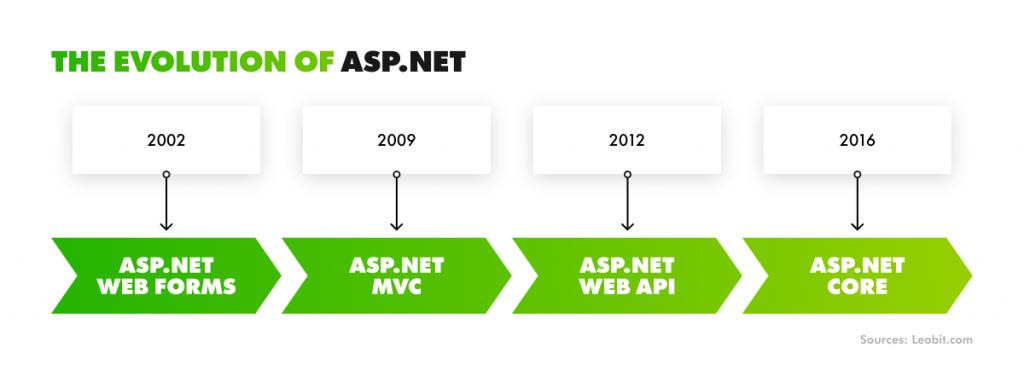With nearly 3,96 million live websites powered by ASP.NET, it’s clear that this Microsoft-backed framework remains a trusted choice for web development worldwide. Built on top of the .NET platform, ASP.NET adds a rich set of tools and libraries tailored for building modern, high-performance applications.
Thanks to its legacy footprint and long-standing enterprise adoption, the classic version of ASP.NET still holds a dominant 50.3% share of the web framework market. However, ASP.NET Core, the newest version of ASP.NET, is quickly becoming the framework of choice for new development.
In this article, we’ll take a closer look at how ASP.NET has evolved, examine its key strengths and limitations, and explore common use cases backed by real-life examples from successful projects.
But first, let’s define what stands behind ASP.NET.





























